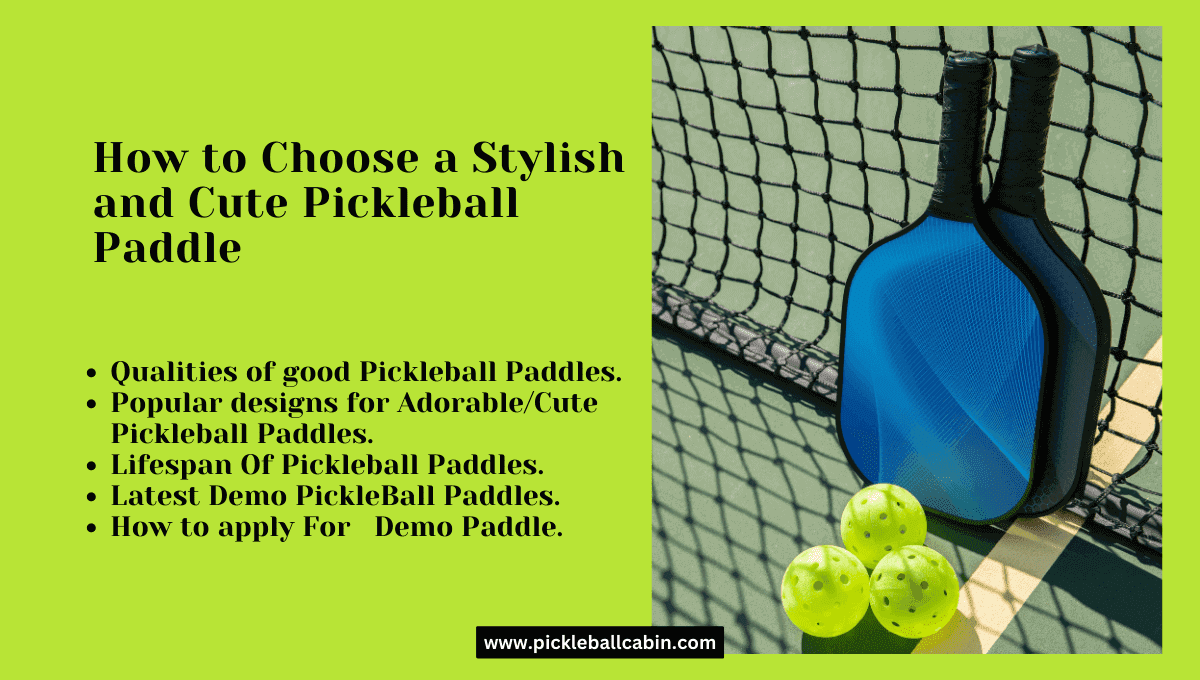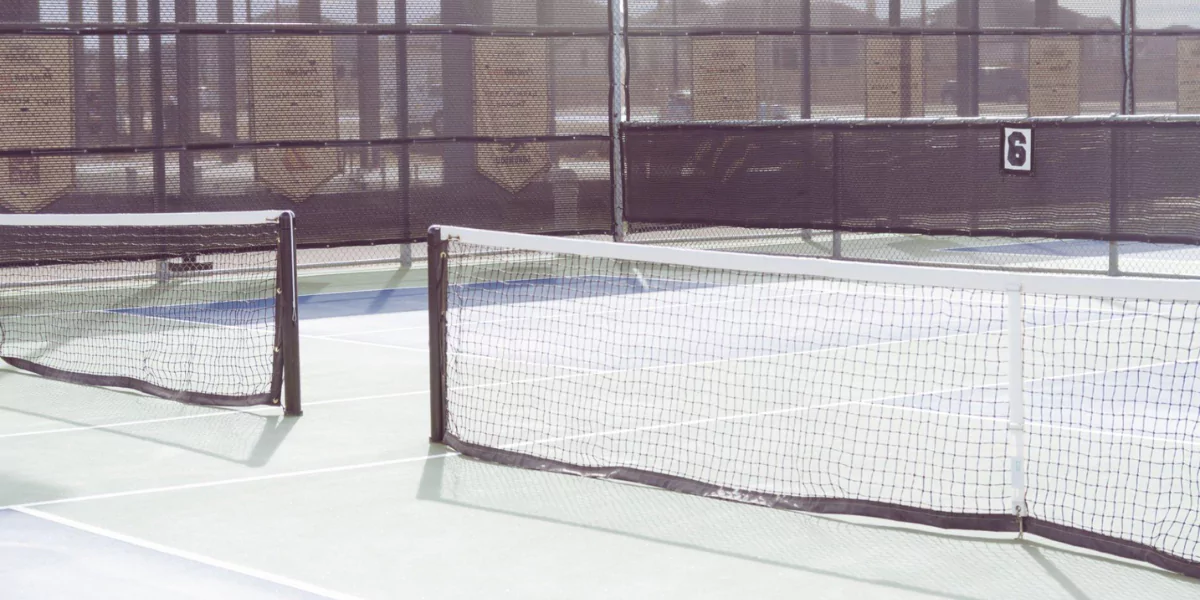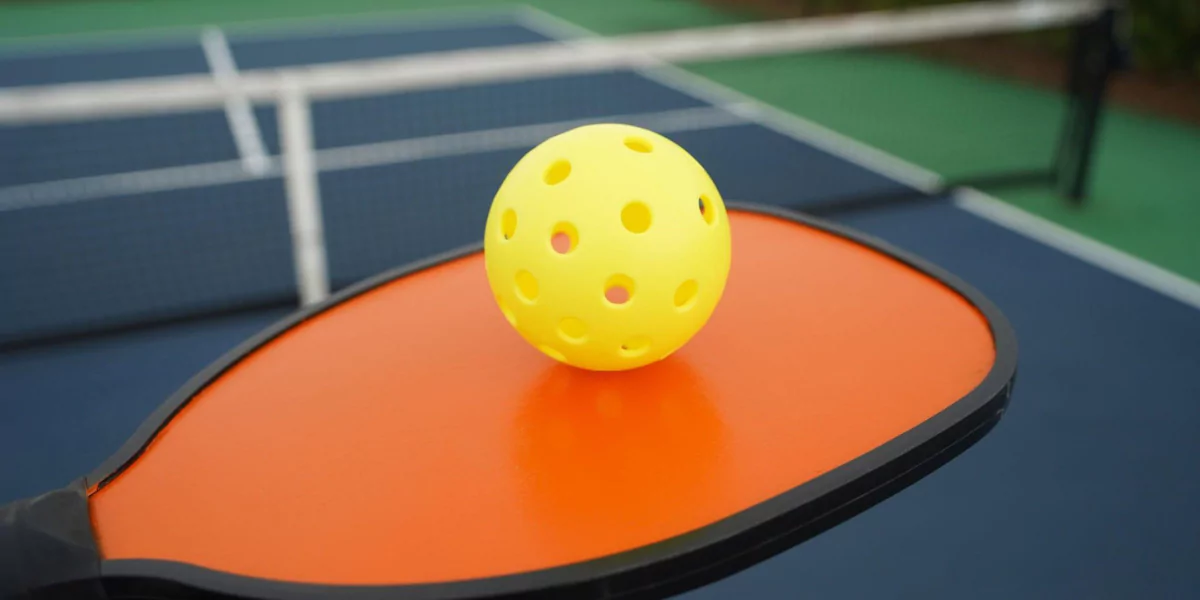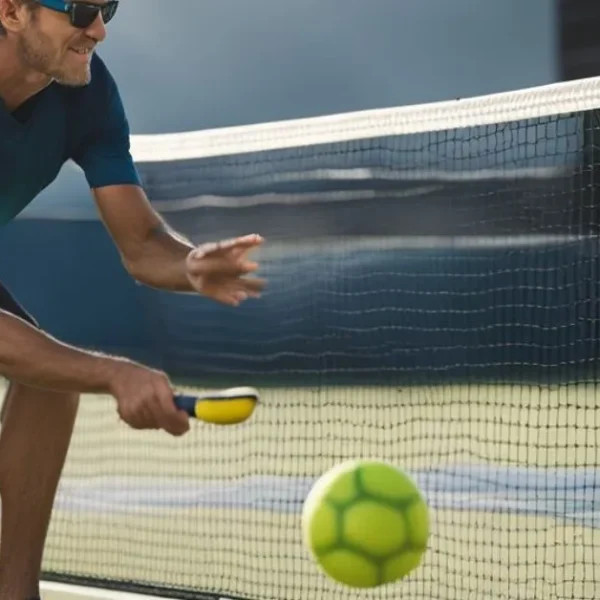Pickleball Machine Drills
A pickleball machine is a device that automatically feeds balls to you at different speeds, angles, spins, and intervals. It allows you to practice various shots and drills without the need for a partner or a coach. Using a pickleball machine can bring numerous benefits to your pickleball practice, such as:
- Fun: Practicing with a machine can be an enjoyable way to improve your skills. You can challenge yourself with different settings and modes, or play games with the machine. You can also listen to music or podcasts while practicing, making it more entertaining.
- Exercise: It provides a great workout, helping to improve your fitness levels. You can burn calories, strengthen your muscles, enhance your cardiovascular health, and increase your endurance by practicing with a machine. You can also adjust the intensity and duration of your practice according to your goals and needs.
- A tireless practice partner: The machine never gets tired, allowing you to practice for as long as you want. You don’t have to worry about finding a partner who matches your skill level, availability, and preferences. You can practice anytime and anywhere with a machine, as long as you have access to a court and a power source.
- A coach’s assistant: It can help coaches deliver consistent and precise shots during training sessions. Coaches can use the machine to demonstrate techniques, correct errors, provide feedback, and monitor progress. The machine can also help coaches save time and energy by reducing the need for manual ball feeding.
Practice Options with a Pickleball Machine
There are several ways you can practice with a pickleball machine, depending on your skill level, objectives, and preferences. Some of the most common practice options are:
- Regular doubles play: This involves practicing typical game scenarios with the machine as your partner or opponent. You can set the machine to feed balls randomly or in a specific pattern, simulating realistic game situations. You can also practice with another player or coach on the other side of the net, creating a competitive environment.
- Ball machines with 50-50 hitting and breaks: This mode allows you to practice alternating between hitting and taking breaks. You can set the machine to feed balls for a certain period of time (e.g., 30 seconds), then stop for another period of time (e.g., 15 seconds), repeating this cycle for as long as you want. This helps you improve your consistency, recovery, and stamina.
- Backboards and Rebounders with 50-50 hitting and breaks: Similar to ball machines, this mode helps you practice consistency and recovery. However, instead of using a machine, you use a backboard or a rebounder (a net that bounces back the ball) as your practice partner. You hit the ball against the backboard or rebounder for a certain period of time (e.g., 30 seconds), then rest for another period of time (e.g., 15 seconds), repeating this cycle for as long as you want.
The Importance of Regular Practice with a Pickleball Machine
Regular practice with a pickleball machine can help you improve various aspects of your pickleball game, such as:
- Gaining rhythm: The consistent ball feeding helps you develop a rhythm in your shots. You can learn how to time your swings, adjust your footwork, and coordinate your movements with the ball. You can also experiment with different speeds, angles, spins, and placements of your shots.
- Consistent ball feeding: The machine delivers balls at a consistent speed and direction, helping you improve your accuracy. You can learn how to hit the ball in the sweet spot of your paddle, control the depth and direction of your shots, and avoid hitting out or into the net.
- Specific benefits that are difficult to obtain during real match play: For example, you can set the machine to deliver balls to specific areas repeatedly, which is not always possible in a real game. This helps you practice shots that you may not get enough opportunities to hit during matches, such as lobs, drop shots, volleys, overheads, etc.
Creative Drills and Exercises with a Pickleball Machine
There are several creative drills and exercises that you can do with a pickleball machine to enhance your pickleball skills. Some examples are:
- Shot Specificity: Focus on grooving one shot until you are confident that you can hit it at least several times in a row. For example, you can set the machine to feed balls to your forehand side and practice hitting forehand drives. You can also vary the speed, spin, and placement of the balls to make it more challenging.
- Target Areas: Create realistic targets, whether primary (above the net) or secondary (on the opposite side of the net on the court surface). For example, you can use cones, buckets, or chalk to mark target areas on the court. You can then set the machine to feed balls to those areas and try to hit them with your shots. You can also keep score of how many times you hit the targets and try to beat your own record.
- Timing: Speed up ball recognition and paddle preparation as players improve. For example, you can set the machine to feed balls faster or with more spin, forcing you to react quicker and prepare your paddle earlier. You can also set the machine to feed balls randomly or in a sequence, making you anticipate and adjust to different shots.
- Rhythm: Maintain a steady rhythm during play. For example, you can set the machine to feed balls at a constant speed and interval, helping you develop a consistent tempo and flow in your shots. You can also set the machine to feed balls with different speeds and intervals, making you adapt to different rhythms and transitions.
- Shot Tolerance: Build tolerance for different types of shots. For example, you can set the machine to feed balls with different spins, such as topspin, backspin, or sidespin. You can then practice hitting those balls with your paddle, learning how to counteract the spin and return the ball effectively.
- Aerobic vs. Anaerobic Training: Balance between aerobic and anaerobic exercises during training. For example, you can set the machine to feed balls for a long period of time (e.g., 10 minutes) at a moderate speed and intensity, helping you improve your aerobic capacity and endurance. You can also set the machine to feed balls for a short period of time (e.g., 1 minute) at a high speed and intensity, helping you improve your anaerobic power and explosiveness.
- Movement and Positioning: Improve movement on the court and positioning for shots. For example, you can set the machine to feed balls to different areas of the court, forcing you to move around and cover the court effectively. You can also set the machine to feed balls with different trajectories and bounces, forcing you to position yourself correctly and hit the ball at the optimal height and distance.
- Footwork Patterns: Develop effective footwork patterns for better mobility on the court. For example, you can set the machine to feed balls that require you to use different footwork patterns, such as split step, shuffle step, cross step, pivot step, etc. You can then practice using those footwork patterns correctly and efficiently.
- Decision-Making Drills: Enhance decision-making skills during play. For example, you can set the machine to feed balls that require you to make different decisions, such as whether to hit a drive or a drop shot, whether to hit crosscourt or down the line, whether to hit hard or soft, etc. You can then practice making those decisions quickly and accurately based on the situation.
- First Strike Serve +1 Return +1 Return of Serve Point Finishing Shots: Practice first strike serve, return, and point finishing shots. For example, you can set the machine to feed balls that simulate a serve or a return of serve. You can then practice hitting those balls with your serve or return shot, aiming for a first strike advantage. You can also set the machine to feed balls that simulate a point finishing shot, such as a smash or a volley. You can then practice hitting those balls with your point finishing shot, aiming for a winner.
How Coaches Use Pickleball Machines?
Pickleball machines are devices that can launch pickleball balls at different speeds, angles, and spins. They are useful for players who want to practice their skills and techniques without a partner or a coach. However, pickleball machines can also be used by coaches to enhance their coaching sessions and help their students learn faster and better. In this article, we will explore how coaches use pickleball machines as an excellent rapport-building tool, for guided discovery learning, and as teaching tools to demonstrate various techniques and strategies.
Advanced Techniques with a Pickleball Machine
There are several advanced techniques that you can practice with a pickleball machine:
Incorporating Spin
Spin is an essential skill in pickleball, as it can affect the trajectory, speed, and bounce of the ball. Spin can also make it harder for your opponent to return the ball or force them to make errors. There are two types of spin in pickleball: topspin and backspin. Topspin makes the ball dip down faster and bounce higher, while backspin makes the ball float slower and bounce lower.
To practice spin with a pickleball machine, you need to adjust the settings of the machine to produce different types of spin. For example, you can set the machine to launch balls with topspin by tilting the head of the machine downwards, or with backspin by tilting it upwards. You can also vary the speed and frequency of the balls to challenge yourself.
A coach can use a pickleball machine to teach spin to their students by showing them how to hit different types of spin shots, such as drop shots, dinks, drives, and volleys. A coach can also explain the benefits and drawbacks of using spin in different situations, such as when attacking or defending.
Mastering the Lob
The lob is a high-arcing shot that goes over your opponent’s head and lands near the baseline. It is a useful shot to use when your opponent is at the net or when you need time to recover from a defensive position.
To practice the lob with a pickleball machine, you need to set the machine to launch balls high and deep. You also need to position yourself near the kitchen line and use a high-to-low swing motion to hit the ball upwards.
A coach can use a pickleball machine to teach the lob to their students by demonstrating how to execute the shot correctly, such as using a continental grip, keeping your eyes on the ball, and following through with your swing. A coach can also explain when and how to use the lob effectively, such as when your opponent is out of position or when you want to change the pace of the game.
Improving Reflexes
Reflexes are important in pickleball, as they allow you to react quickly and accurately to your opponent’s shots. Reflexes can also help you avoid injuries by preventing you from hitting yourself with the ball or falling over.
To improve your reflexes with a pickleball machine, you need to set the machine to launch balls fast and randomly. You also need to stand close to the net and try to return the balls as quickly as possible.
A coach can use a pickleball machine to improve their students reflexes by creating drills that challenge their reaction time, hand-eye coordination, and footwork. A coach can also give feedback and tips on how to improve their reflexes, such as keeping their paddle up, staying alert, and moving their feet.
Maintaining and Troubleshooting Your Pickleball Machine
It’s important to maintain your pickleball machine properly for its longevity. This section will cover common issues and how to resolve them.
Cleaning Your Pickleball Machine
You should clean your pickleball machine regularly to prevent dust, dirt, and debris from clogging or damaging its parts. To clean your pickleball machine, you should follow these steps:
- Unplug your pickleball machine from the power source.
- Remove any balls from the hopper and feeder tube.
- Use a soft cloth or brush to wipe off any dust or dirt from the exterior of the machine.
- Use a damp cloth or sponge to clean any stains or spills from the exterior of the machine.
- Use a vacuum cleaner or compressed air to remove any dust or dirt from the interior of the machine.
- Use a cotton swab or toothpick to clean any debris from the holes or slots of the machine.
- Let your pickleball machine dry completely before plugging it back in.
Lubricating Your Pickleball Machine
You should lubricate your pickleball machine periodically to ensure its smooth operation and prevent wear and tear. To lubricate your pickleball machine, you should follow these steps⁶:
- Unplug your pickleball machine from the power source.
- Remove any balls from the hopper and feeder tube.
- Locate the moving parts of the machine, such as the wheels, bearings, and gears.
- Use a spray lubricant or grease to apply a thin layer of lubricant to the moving parts of the machine.
- Wipe off any excess lubricant with a cloth or paper towel.
- Plug your pickleball machine back in and test its functionality.
Troubleshooting Your Pickleball Machine
If your pickleball machine is not working properly, you should try to identify and fix the problem. Here are some common problems and solutions:
- The machine does not turn on: Check if the power cord is plugged in securely and if the power switch is on. If the problem persists, check if the fuse or circuit breaker is blown or tripped and replace or reset it if necessary.
- The machine does not launch balls: Check if there are enough balls in the hopper and if the feeder tube is clear of any obstructions. If the problem persists, check if the settings of the machine are correct and if the wheels are spinning. If the wheels are not spinning, check if the motor is working and if the belts are intact and tight.
- The machine launches balls inconsistently: Check if the balls are clean and dry and if they are of the same size and type. If the problem persists, check if the wheels are clean and free of any debris or damage. If the wheels are dirty or damaged, clean or replace them as needed.
- The machine makes loud noises: Check if the machine is stable and level and if there are any loose or broken parts. If the problem persists, check if the moving parts of the machine are lubricated and aligned. If the moving parts are dry or misaligned, lubricate or adjust them as needed.
Choosing the Right Pickleball Machine for You
There are many factors to consider when buying a pickleball machine, such as your budget, skill level, goals, space, and preferences. Here are some features to look for when choosing a pickleball machine:
- Capacity: This refers to how many balls the machine can hold and launch at a time. A higher capacity means you can practice longer without reloading, but it also means a heavier and bulkier machine.
- Speed: This refers to how fast the machine can launch balls. A higher speed means you can practice more challenging shots, but it also means a higher risk of injury or damage.
- Oscillation: This refers to how the machine can vary the direction of the balls. Oscillation can help you practice different angles and shots, but it also means a more complex and expensive machine.
- Spin: This refers to how the machine can produce different types of spin on the balls. Spin can help you practice different spins and shots, but it also means a more advanced and costly machine.
- Portability: This refers to how easy it is to move and store the machine. Portability depends on factors such as size, weight, shape, wheels, handles, battery life, and foldability.
- Durability: This refers to how long the machine can last and withstand wear and tear. Durability depends on factors such as material, design, quality, warranty, and customer service.
Based on these features, here are some popular pickleball machines on the market:
- Lobster Pickleball Machine: This is a high-end pickleball machine that offers a large capacity (135 balls), high speed (10–60 mph), random oscillation (horizontal and vertical), topspin and backspin control, portability (35 lbs, foldable hopper), durability (2-year warranty), and remote control.
- Spinshot Player Pickleball Machine: This is a mid-range pickleball machine that offers a medium capacity (120 balls), medium speed (10–50 mph), programmable oscillation (12 drills), topspin and backspin control, portability (42 lbs, retractable handle), durability (2-year warranty), and smartphone control.
- Simon 2 Pickleball Machine: This is a low-end pickleball machine that offers a small capacity (60 balls), low speed (10–30 mph), fixed oscillation (left-right), no spin control, portability (23 lbs), durability (1-year warranty), and manual control.
Conclusion
Pickleball machines are useful tools for players who want to improve their skills and techniques without a partner or a coach. However, pickleball machines can also be used by coaches to enhance their coaching sessions and help their students learn faster and better. Coaches use pickleball machines as an excellent rapport-building tool, for guided discovery learning, and as teaching tools to demonstrate various techniques and strategies.
There are many creative ways to use a pickleball machine. Continuous practice and exploration of new techniques can significantly enhance your pickleball skills. So go ahead, grab your paddle, turn on your pickleball machine, and start practicing!
To get the most out of your pickleball machine, you should practice advanced techniques such as incorporating spin, mastering the lob, and improving reflexes. You should also maintain your pickleball machine properly by cleaning it regularly, lubricating
Frequently Asked Questions about Pickleball Machines
This section will answer common questions about using and maintaining pickleball machines.
How do you practice with a pickleball machine?
Practicing with a pickleball machine involves setting up the machine to deliver balls at varying speeds, directions, and spins. You can then practice different shots, footwork, and strategies based on the ball delivery.
How can I practice pickleball alone at home?
Practicing pickleball alone at home can be done using a pickleball machine or a rebounder. You can set up drills to practice different shots and footwork. Additionally, you can also use a wall to practice your shots.
How do you practice pickleball drills?
Pickleball drills can be practiced by setting up specific scenarios or shots using a pickleball machine or a partner. These drills can focus on improving specific aspects of your game such as serving, returning, volleying, or footwork.
Can you practice pickleball against a wall?
Yes, practicing pickleball against a wall is a great way to improve your shots and reflexes. You can hit the ball against the wall and practice returning it, which helps in improving your accuracy and control.




